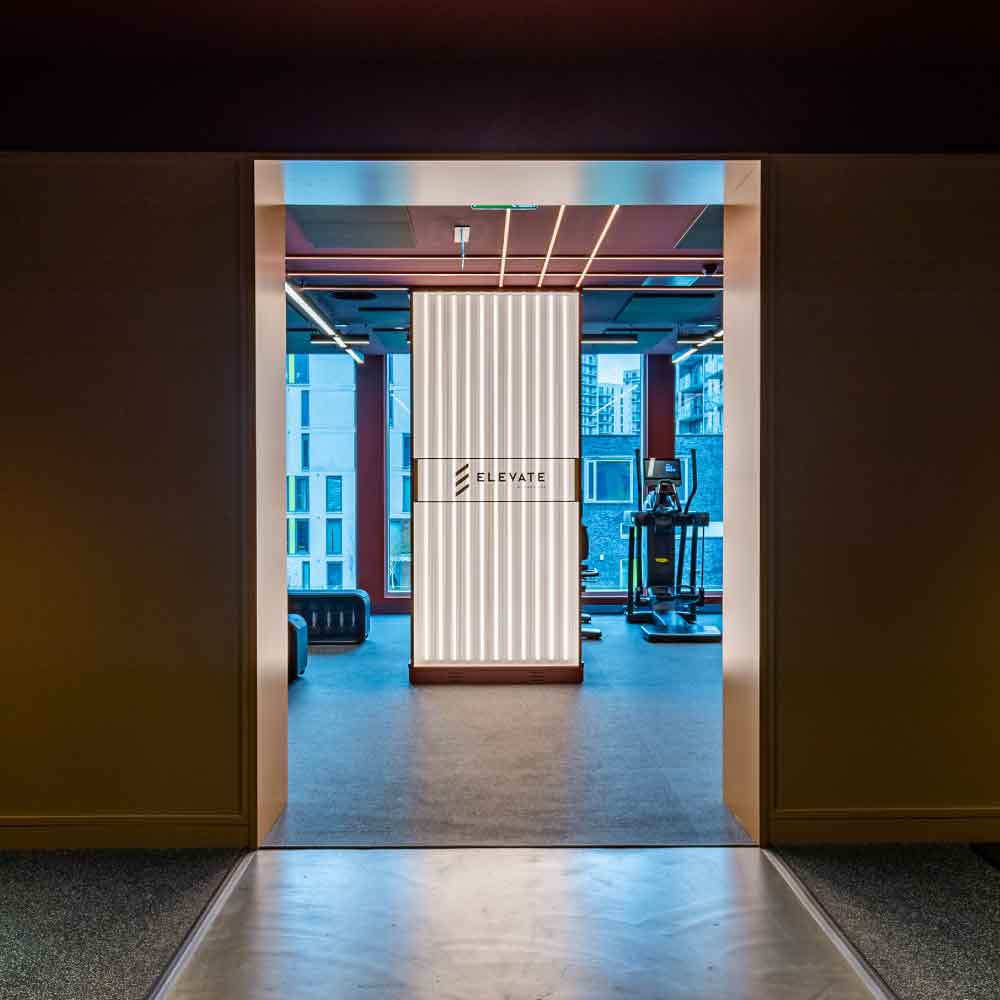In today’s competitive business landscape, creating a professional and welcoming office environment is more crucial than ever for office managers and business owners across sectors. But amidst considerations like office layout, furniture, and technology, one element that often goes unnoticed is interior office signage. The question is, does interior office signage truly make a difference?
What is Interior Office Signage?
Interior office signage encompasses a variety of sign types that serve different functions within an office space. This includes directional wayfinding signs that guide visitors and employees through the premises, lobby signs that welcome and brand the space, and informational signs that provide essential details about safety protocols or office rules. Each type plays a crucial role in the functionality and aesthetic appeal of office interiors.
The Role of Interior Office Signage
Far from being mere decorations, interior office signage plays a pivotal role in enhancing the office environment. Effective signage reinforces a company’s brand identity within the workspace, creating a cohesive and immersive brand experience. It also serves a practical purpose, guiding visitors and employees efficiently, thereby saving time and reducing confusion.
Benefits of Effective Interior Office Signage
Implementing effective interior office signage comes with a slew of benefits. It ensures:
- Increased brand visibility and recognition: With consistent design and branding, signs reinforce the company identity throughout the office.
- Improved navigation and efficiency: Well-placed wayfinding signs lead to smoother traffic flow and less disruption.
- Enhanced employee and visitor experience: A navigable, branded environment makes for happier, more engaged employees and impresses visitors.


Design Principles for Effective Signage
Creating impactful and visually appealing signage requires adherence to several design principles:
- Clarity and Readability: Ensure text is easy to read from a distance and that the design is not overly complicated.
- Consistency: Maintain brand consistency across all signage to strengthen brand identity.
- Functionality: Design with the sign’s purpose in mind – navigational signs should be straightforward, while lobby signs can afford to be more creative.
- Quality Materials: Durable, high-quality materials reflect well on the business and reduce the need for frequent replacements.
Real-world Examples
Companies like xsign have demonstrated the significant impact of well-designed office signage. Their patented signage solutions, tailored to the specific needs of their clients, range from sleek, minimalist wayfinding systems to bold and dynamic lobby displays. These implementations not only enhance the visual appeal of office spaces but also contribute to more efficient and enjoyable environments.
How to Implement Interior Office Signage
The process of implementing effective interior office signage involves several key steps:
- Assessment: Evaluate the existing space and identify needs for signage.
- Design: Collaborate with designers, like xsign, who can provide bespoke solutions that align with your brand and space.
- Installation: Ensure professional installation to make the most of your signage system.
Measuring the Impact
To evaluate the effectiveness of interior office signage, consider conducting surveys to gather feedback on navigation ease and brand perception before and after implementation. Additionally, tracking the time it takes for visitors to find their destination within the office can provide quantitative data on improvements in efficiency.
Conclusion
The importance of interior office signage cannot be overstated. It goes beyond mere decoration, playing a critical role in branding, navigation, and the overall office experience. By partnering with experts like xsign, businesses can leverage the power of engineered and beautifully designed signage to create more inviting, efficient, and cohesive office environments. Consider reviewing your interior office signage strategy today for a tangible difference tomorrow.


